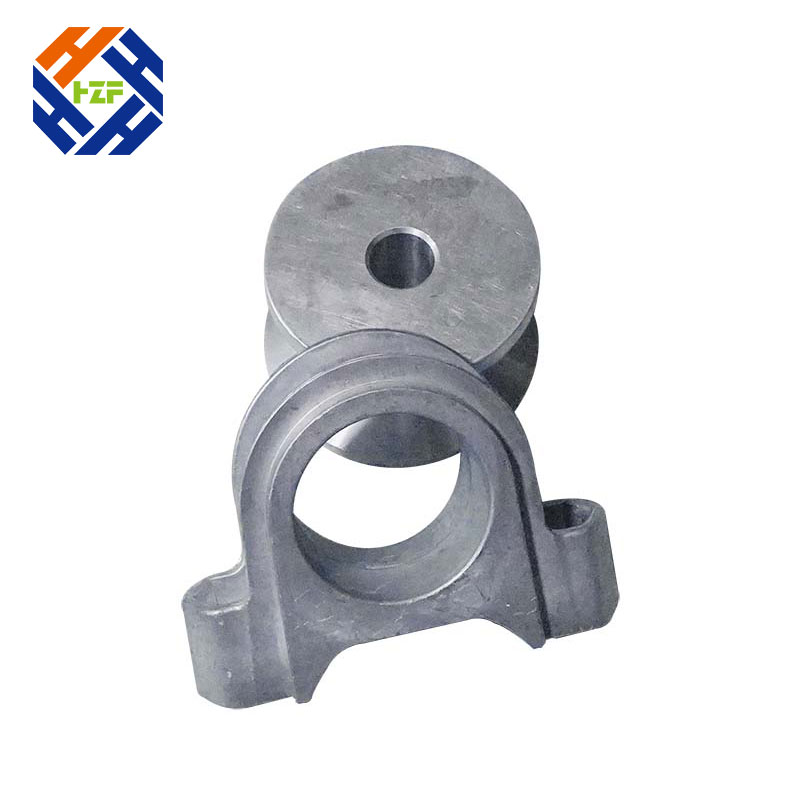Designing for Success: Considerations and Limitations in Aluminum Sand Casting for Rigging Hardware
2024-02-23
Aluminum sand casting stands as a versatile and efficient method for producing rigging hardware components, offering manufacturers the ability to create durable and reliable products. However, successful design in aluminum sand casting requires careful consideration of various factors and an understanding of its limitations. In this blog, we'll delve into the design considerations and limitations when producing rigging hardware through aluminum sand casting.
Design Considerations:
1. Complexity vs. Manufacturability: While sand casting can accommodate complex geometries, overly intricate designs may pose challenges during the casting process. Designers should strike a balance between the desired complexity of the rigging hardware component and its manufacturability to ensure successful casting.
2. Draft Angles: Incorporating draft angles into the design facilitates the removal of the casting from the mold cavity, reducing the risk of defects such as undercuts or tearing. Adequate draft angles also improve the flow of molten aluminum and promote uniform solidification of the casting.
3. Wall Thickness: Maintaining uniform wall thickness throughout the casting helps prevent issues such as shrinkage, porosity, and hot spots. Designers should avoid sharp transitions and thin sections that may result in uneven cooling and lead to casting defects.
4. Rounding and Fillets: Incorporating rounded edges and fillets into the design reduces stress concentrations and improves the overall strength and durability of the rigging hardware component. Fillets also facilitate metal flow during casting, reducing the likelihood of defects such as cold shuts or incomplete fills.
5. Internal Features: Care should be taken when designing internal features such as cores or bosses to ensure they can be effectively supported and vented during the casting process. Complex internal geometries may require additional considerations to ensure proper metal flow and solidification.
6. Surface Finish: The surface finish of the casting is influenced by factors such as the quality of the mold, sand composition, and casting temperature. Designers should specify the desired surface finish and account for any post-casting finishing processes required to achieve the desired appearance and functionality.
Limitations:
1. Size and Weight: While aluminum sand casting can accommodate a wide range of sizes and weights, there are practical limitations imposed by the size of the mold, handling capabilities, and casting equipment. Large or heavy rigging hardware components may require additional considerations and specialized equipment to ensure successful casting.
2. Material Properties: Aluminum sand casting is best suited for producing components with moderate to high strength requirements. Designers should consider the mechanical properties of aluminum alloys and select the most appropriate material for the intended application to ensure optimal performance and durability.
3. Surface Finish: While sand casting can produce components with good surface finish, it may not always achieve the level of precision and smoothness required for certain applications. Additional machining or finishing processes may be necessary to meet strict surface finish requirements.
4. Tolerance and Dimensional Accuracy: Sand casting inherently introduces some degree of dimensional variability due to factors such as sand expansion, mold shifting, and cooling shrinkage. Designers should specify appropriate tolerances and allowances to accommodate these variations and ensure proper fit and functionality of the rigging hardware component.
Conclusion:
Designing rigging hardware for aluminum sand casting requires a careful balance of considerations and an understanding of the process's limitations. By incorporating design features that facilitate manufacturability, ensure structural integrity, and meet performance requirements, designers can create successful rigging hardware components that deliver reliability, durability, and safety in a wide range of applications. With careful planning and attention to detail, aluminum sand casting remains a versatile and effective method for producing high-quality rigging hardware components that meet the demanding needs of the industry.



